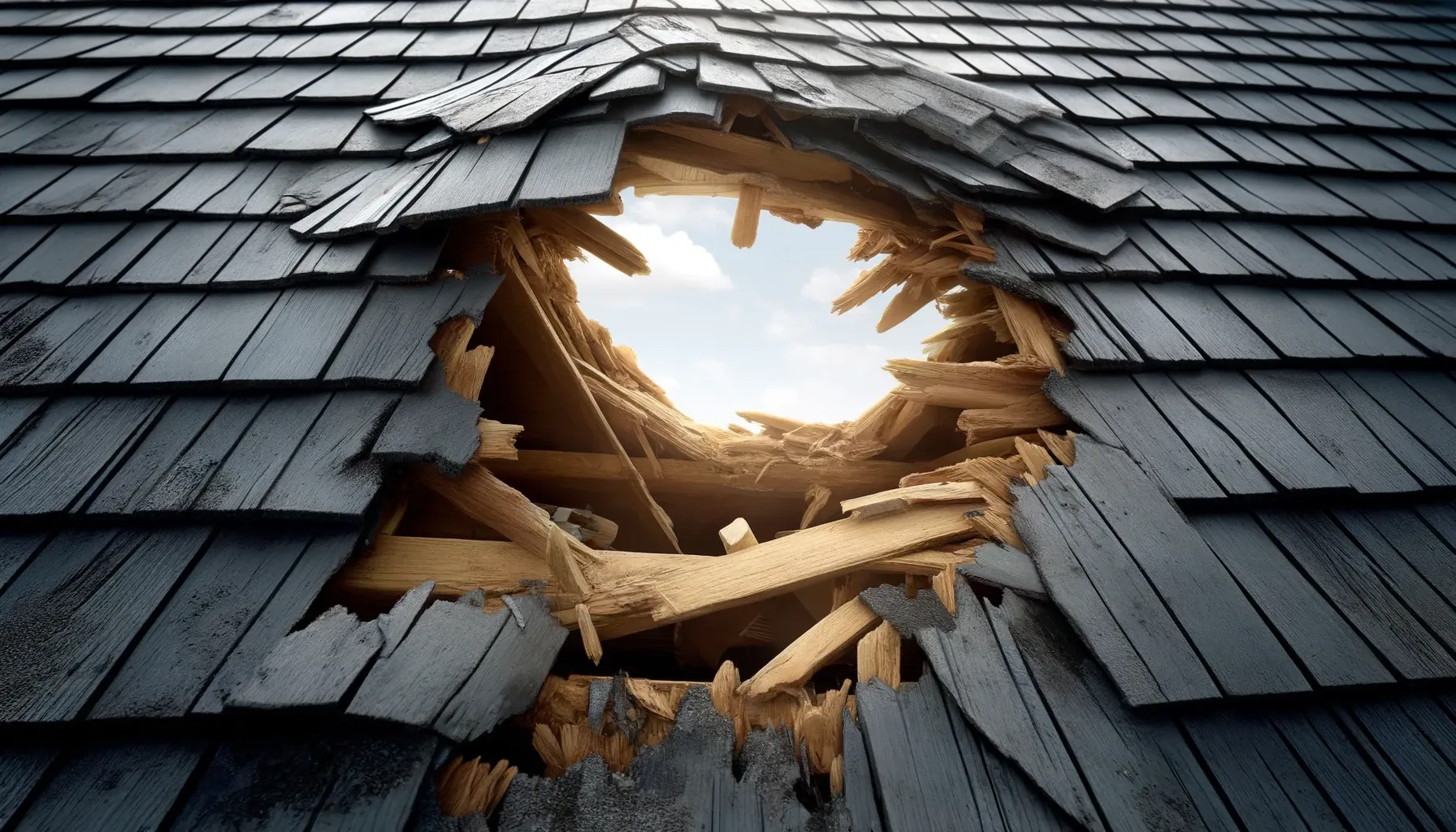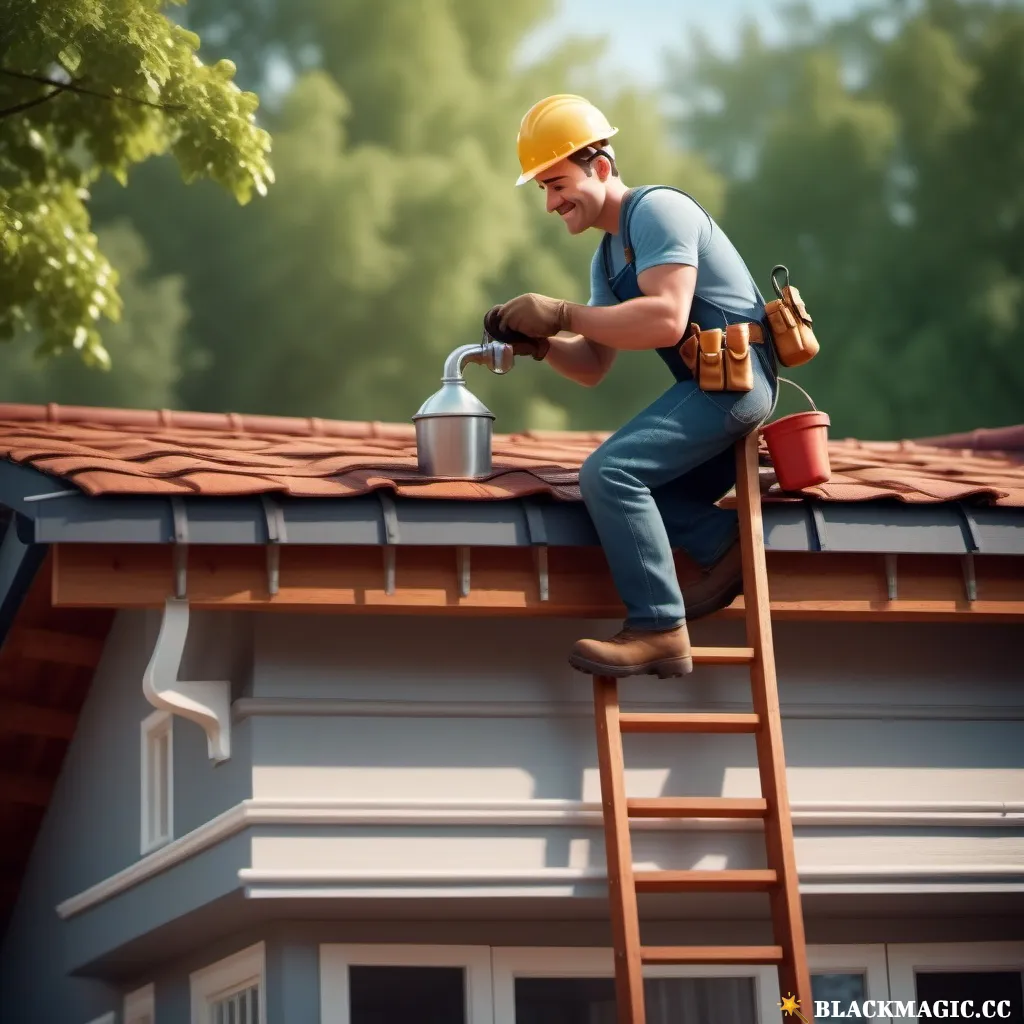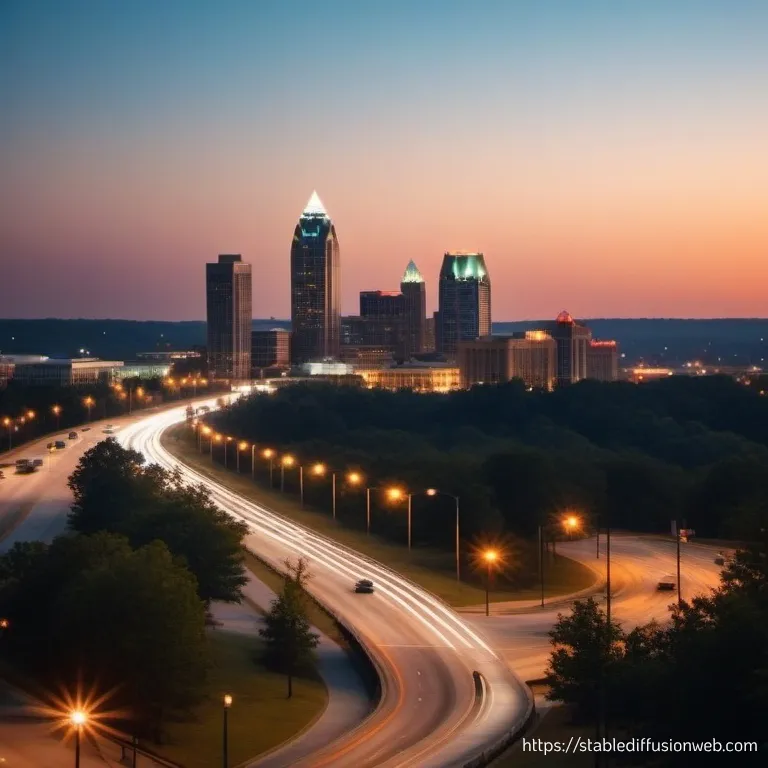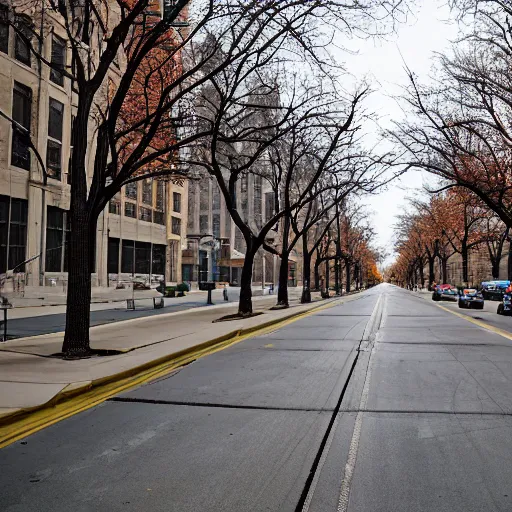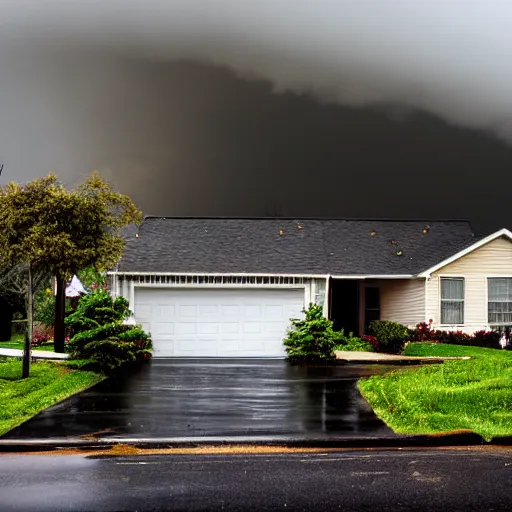Can you Lay Shingles Over Existing Roof
When it comes to roof repairs or replacements, one common question that homeowners often have is whether or not you can lay shingles over an existing roof.
While this may seem like a simple solution to saving time and money, it's important to understand the implications and risks involved in adding a second layer of shingles to your roof. In this article, we will explore the factors to consider when deciding to lay shingles over an existing roof, as well as the potential benefits and drawbacks of this approach.

Factors to consider before laying shingles over an existing roof
Before making the decision to lay new shingles over an existing roof, there are several important factors that you should take into consideration. These factors can help you determine whether this approach is feasible and appropriate for your specific situation.
Condition of the existing roof
The condition of your existing roof is one of the most critical factors to consider before laying new shingles over it. If your current roof is in poor condition, with signs of damage such as leaks, rot, or sagging, simply adding a second layer of shingles may not address the underlying issues.
In fact, it could even exacerbate the problem and lead to more serious structural issues down the line. Before proceeding with a second layer of shingles, it's essential to thoroughly inspect your roof for any signs of damage and assess whether it is structurally sound enough to support the additional weight.
Local building codes and regulations
Another important factor to consider is whether your local building codes and regulations permit laying shingles over an existing roof. Some areas have restrictions on the number of layers of shingles that can be installed on a roof, while others may require a complete tear-off of the old roof before a new one can be installed.
Failure to comply with these regulations could result in fines, penalties, or even having to remove the new layer of shingles altogether. Before starting any roofing project, it's crucial to check with your local building department to ensure that you are following the necessary guidelines.
Roof slope and design
The slope and design of your roof can also impact the feasibility of laying new shingles over an existing roof. In general, roofs with steeper slopes are better suited for adding a second layer of shingles, as they allow for proper drainage and minimize the risk of water pooling or leaking between the layers.
On the other hand, roofs with low slopes or complex designs may not be as compatible with this approach, as they can create potential areas of weakness or vulnerability where water can infiltrate. Before proceeding with a second layer of shingles, it's recommended to consult with a roofing professional to assess whether your roof's slope and design are suitable for this method.
Benefits of laying shingles over an existing roof
While there are several factors to consider and potential drawbacks to be aware of, there are also some potential benefits to laying new shingles over an existing roof. Understanding these benefits can help you make an informed decision about whether this approach is right for your roofing project.
Cost savings
One of the primary benefits of laying new shingles over an existing roof is cost savings. In general, installing a second layer of shingles is less labor-intensive and time-consuming than a complete tear-off and replacement of the old roof. This can result in lower overall costs for materials and labor, making it a more budget-friendly option for homeowners looking to improve the appearance and functionality of their roof without breaking the bank.
Energy efficiency
Another potential benefit of adding a second layer of shingles is improved energy efficiency. The additional layer of shingles can provide an extra layer of insulation to your roof, helping to regulate indoor temperatures and reduce energy consumption. This can result in lower heating and cooling costs throughout the year, making your home more environmentally friendly and cost-effective in the long run.
Enhanced protection
By adding a second layer of shingles to your roof, you can also enhance its protection against the elements. The extra layer can provide added durability and resistance to wind, rain, snow, and other weather conditions, helping to prolong the lifespan of your roof and reduce the risk of damage. This added protection can give you peace of mind knowing that your home is well-protected and secure against the elements.

Drawbacks of laying shingles over an existing roof
While there are potential benefits to laying new shingles over an existing roof, there are also several drawbacks and considerations to keep in mind. These drawbacks can impact the long-term performance and integrity of your roof, so it's essential to weigh these factors carefully before deciding to proceed with this approach.
Reduced lifespan
One of the primary drawbacks of adding a second layer of shingles is the potential reduction in the lifespan of your roof. While new shingles can provide added protection and enhance the appearance of your roof in the short term, they can also contribute to premature aging and deterioration over time.
The underlying layer of shingles may not be able to breathe properly or release moisture, leading to issues such as mold, mildew, or rot that can compromise the structural integrity of your roof. This can result in the need for more frequent repairs or replacements in the future, ultimately costing you more time and money in the long run.
Weight and stress
Another important consideration when adding a second layer of shingles is the additional weight and stress that it can place on your roof's structure. While a single layer of shingles may not significantly impact the load-bearing capacity of your roof, multiple layers can add considerable weight that your roof may not be able to support.
This can lead to issues such as sagging, buckling, or even collapse in extreme cases, putting your home and safety at risk. Before proceeding with a second layer of shingles, it's crucial to have a structural assessment done to ensure that your roof can safely accommodate the additional weight without compromising its integrity.
Aesthetics and curb appeal
Adding a second layer of shingles can also impact the aesthetics and curb appeal of your home. While new shingles can make your roof look fresh and updated in the short term, they may not blend seamlessly with the existing layer or create a cohesive appearance.
Over time, this can result in an uneven or patchy look that detracts from the overall beauty and value of your home. Additionally, if you decide to sell your home in the future, potential buyers may be hesitant to purchase a property with multiple layers of shingles, as it can signal neglect or potential issues with the roof that may need to be addressed.
Alternatives to laying shingles over an existing roof
If you have weighed the benefits and drawbacks of laying new shingles over an existing roof and decided that it may not be the best option for your situation, there are several alternatives that you can consider. These alternatives can help you achieve the desired results for your roof repair or replacement project while avoiding the potential risks and limitations of adding a second layer of shingles.
Complete tear-off and replacement
One of the most common alternatives to laying new shingles over an existing roof is a complete tear-off and replacement of the old roof. This approach involves removing all layers of shingles down to the sheathing or decking of the roof and installing new shingles from scratch.
While this method may be more labor-intensive and costly upfront, it can provide long-term benefits in terms of improved performance, longevity, and aesthetics for your roof. A complete tear-off and replacement can also help you address any underlying issues or damage that may be present in the existing roof, ensuring that your new roof is structurally sound and secure for years to come.
Roof repair and maintenance
Another alternative to laying new shingles over an existing roof is to focus on roof repair and maintenance instead. By addressing specific issues or damage areas on your roof, such as leaks, missing shingles, or damaged flashing, you can improve the overall condition and performance of your roof without the need for a complete replacement.
Regular roof maintenance, such as cleaning gutters, inspecting for signs of damage, and repairing minor issues promptly, can help prolong the lifespan of your roof and prevent more extensive problems from developing. By investing in routine maintenance and repairs, you can ensure that your roof remains in top condition and continues to protect your home for years to come.

Roof overlay with metal roofing
If you are looking for a more durable and long-lasting alternative to laying new shingles over an existing roof, consider overlaying your roof with metal roofing. Metal roofs are known for their exceptional durability, longevity, and resistance to the elements, making them a popular choice for homeowners seeking a low-maintenance and energy-efficient roofing solution.
By overlaying your existing roof with metal panels or shingles, you can enjoy the benefits of a metal roof without the need for a complete tear-off or replacement. Metal roofing can also enhance the aesthetics and curb appeal of your home, giving it a modern and stylish look that can increase its value and attractiveness to potential buyers.
In conclusion, the decision to lay new shingles over an existing roof is not one to be taken lightly. While there are potential benefits to this approach, such as cost savings, energy efficiency, and enhanced protection, there are also drawbacks to consider, such as reduced lifespan, weight and stress, and aesthetics.
Before proceeding with a second layer of shingles, it's crucial to carefully assess the condition of your existing roof, consult with a roofing professional, and consider alternative options that may better suit your needs and preferences. By weighing the factors and making an informed decision, you can ensure that your roof repair or replacement project is successful and that your home is well-protected for years to come.

